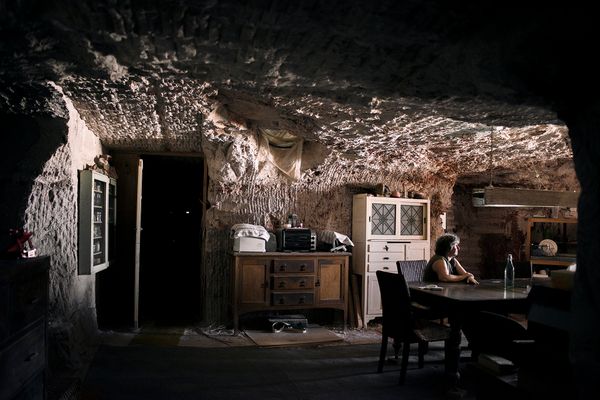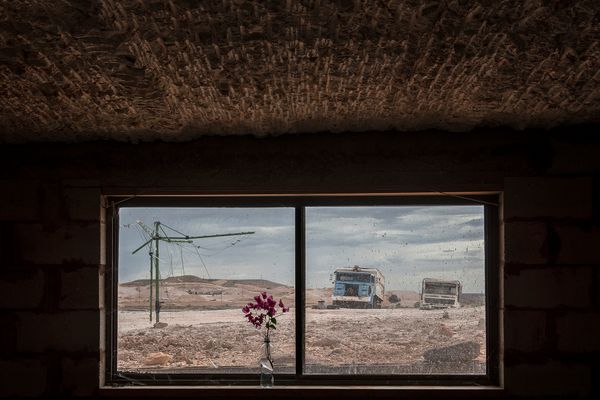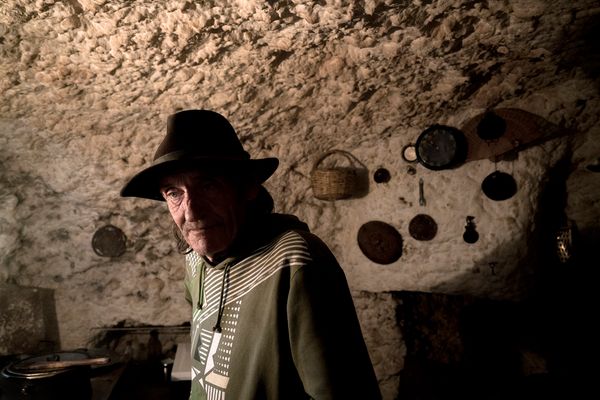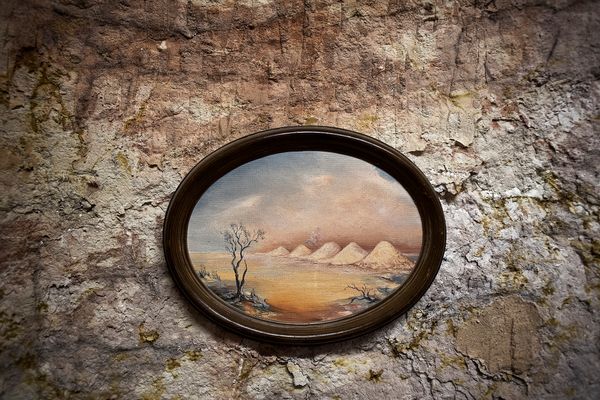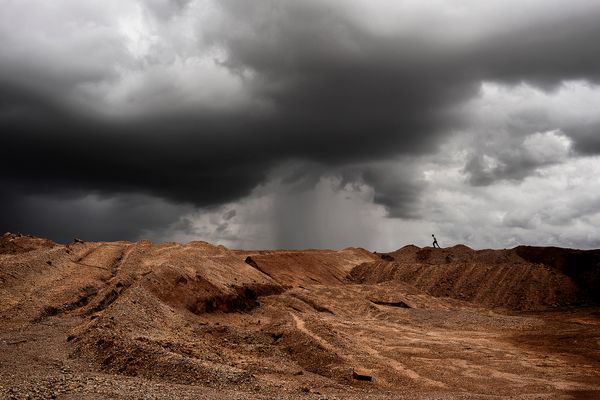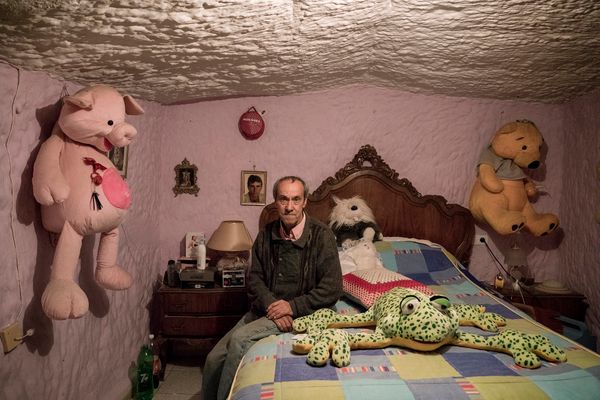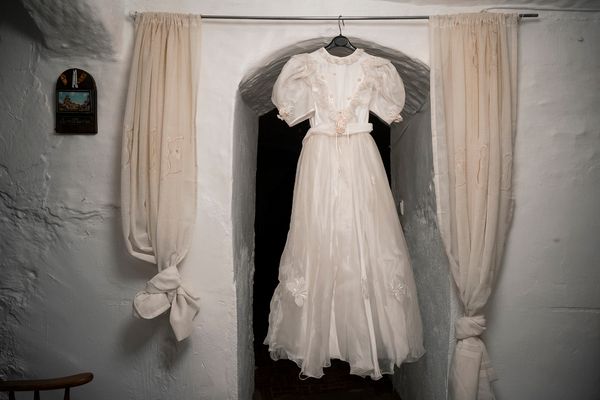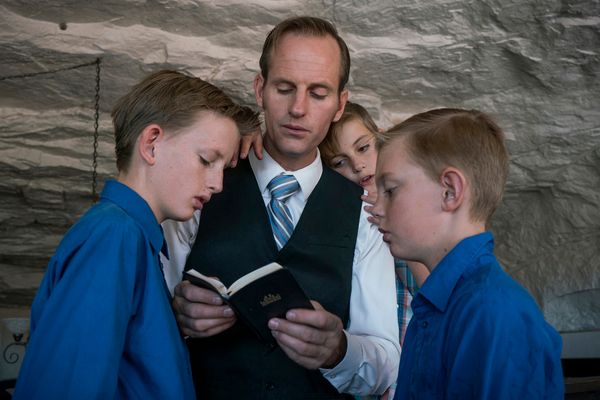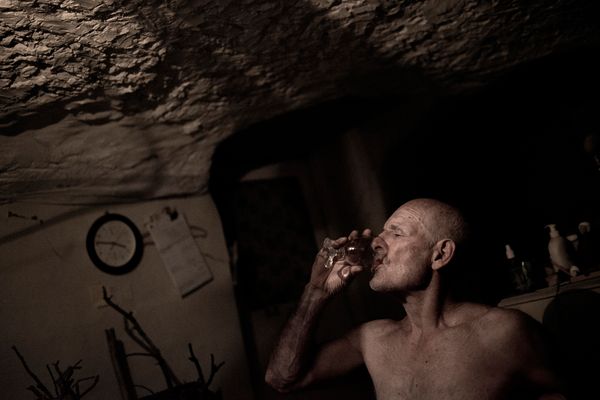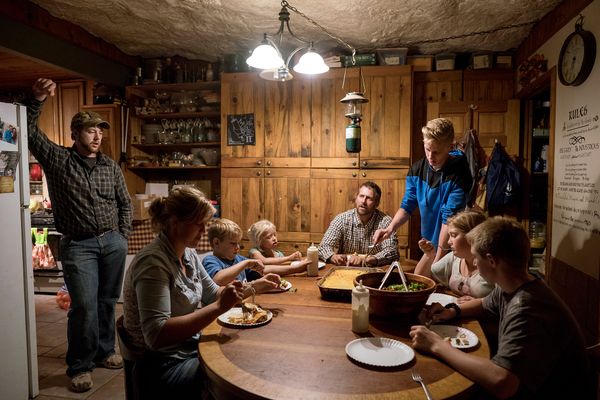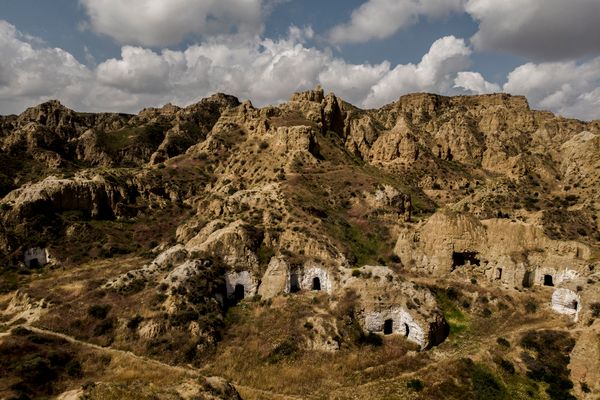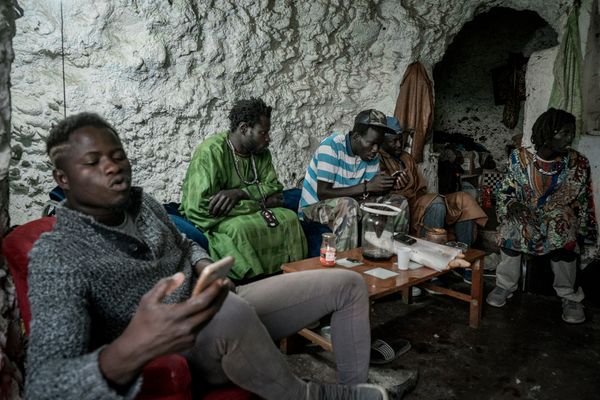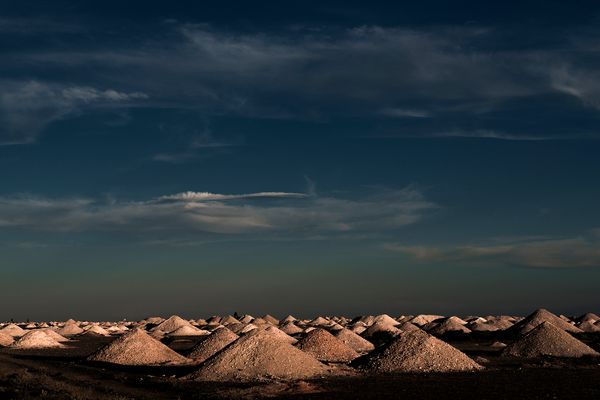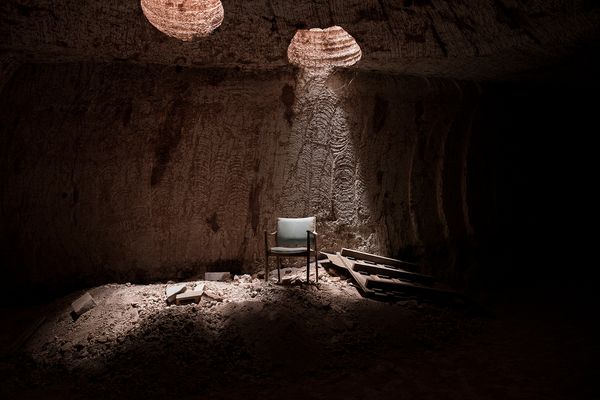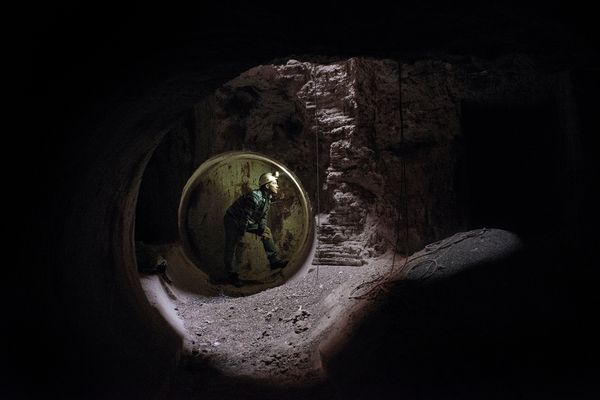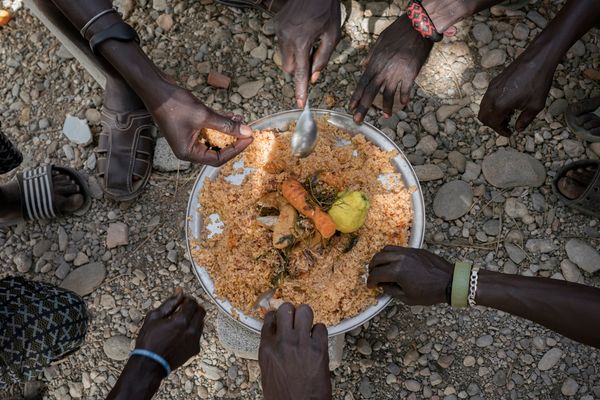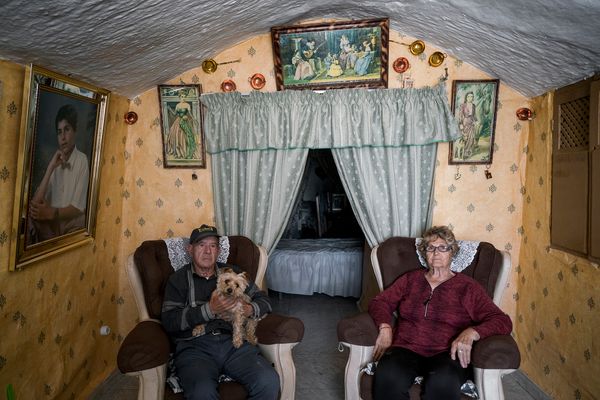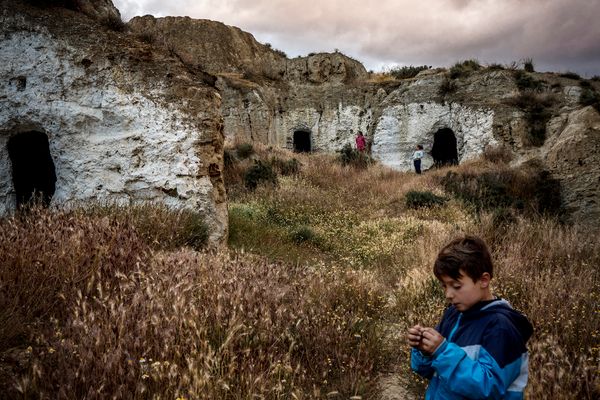Underland
-
Dates2015 - Ongoing
-
Author
Underneath the soil and away from the chaos of modern society exist hundreds subterranean communities where people still live in cave houses around the world. Though we all inhabit the globe in different ways, we all have a strong relationship with the environment that surrounds us. Each of the communities I have documented for “Underland” - from Australia to Spain to the United States - have its own socio-cultural, environmental, economical and religious reason that leads them to live a life underground. Humans have used caves since prehistoric times as homes and today there are more than 60 million people living underground throughout the world.
Coober Pedy is a town located in the southern Australian outback that inhabits a subterranean culture, in which the majority of the population lives in underground houses called dugouts. This is an unconventional town where most of the inhabitants search for opal, a valuable gemstone worth millions. On the other side of the world in Andalucía, Spain people have been living in caves for more than 500 years. Cave building in southern Spain started when the Arabs Muslims brought the tradition with them from the troglodyte communities of northern Africa and nowadays this is the biggest cave settlement in Europe. And finally a polygamist and mormon community lives in caves inside a rock since 1975 in Utah, United States. Bob Foster, the creator of the community, saw God in a dream telling him to go to the desert and find a specific big rock to build cave houses. This rock is like Noah's Ark for them and will protect the entire community from the eventual apocalypses and will never be destroyed by any natural disasters. This community is also 100% sustainable with renewable energy, having its own solar panel system and a natural water well on top of the rock that provides to all the families in the community.
Due to excessive human impact, our world and societies have changed forever. Climate change threatens our life on Earth and we have lost our cultural identity due to fast- paced, technological societies. In this frenetic modern time, these underground villages show that other alternatives are possible. Living underground is an eco-friendly and optimistic solution for the environment as it’s completely self-sustaining and reduces the impact on the terrain through a carbon footprint of practically zero.
With the support of the PHmuseum Women Photographers Grant, I can continue my project and ultimately raise awareness about these important but under-documented cultures to new audiences internationally. The funds from the grant will be used to document the Berber community, which has been digging out cave homes in the ground for more than a thousand years in Matmata, Tunisia. This Tunisian subterranean community is a remarkable example of how well human beings can adjust to their environment in order to survive. All the communities I have documented show us how we can go back to the basics, because today we are the ones who have to inhabit the world in a different way.
